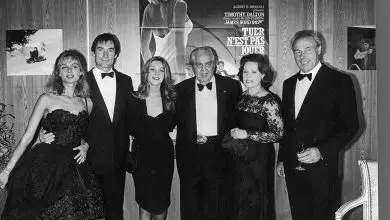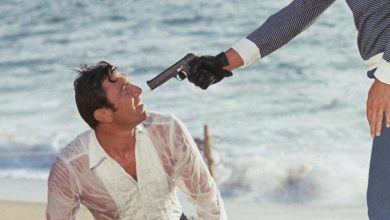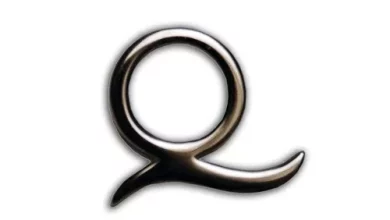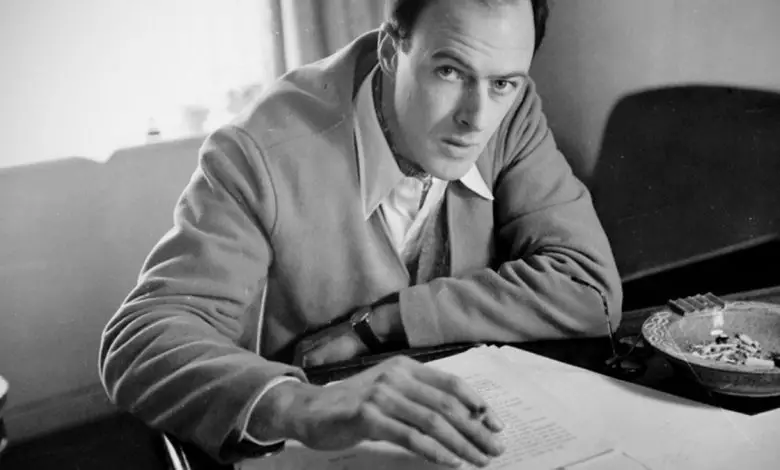
Early Life and Education
Roald Dahl, one of the most beloved and imaginative authors of the 20th century, was born on September 13, 1916, in Llandaff, Wales, to Norwegian parents, Harald and Sofie Dahl. Tragically, his early life was marked by sorrow and adversity. At the age of three, he lost his father and sister, and a few years later, his mother passed away. Dahl and his surviving siblings were sent to English boarding schools, a formative experience that would later influence his storytelling.
Dahl attended Repton School and, later, the prestigious Repton Public School. Despite his mischievous nature and inclination for pranks, he developed a love for literature and storytelling during his school years.
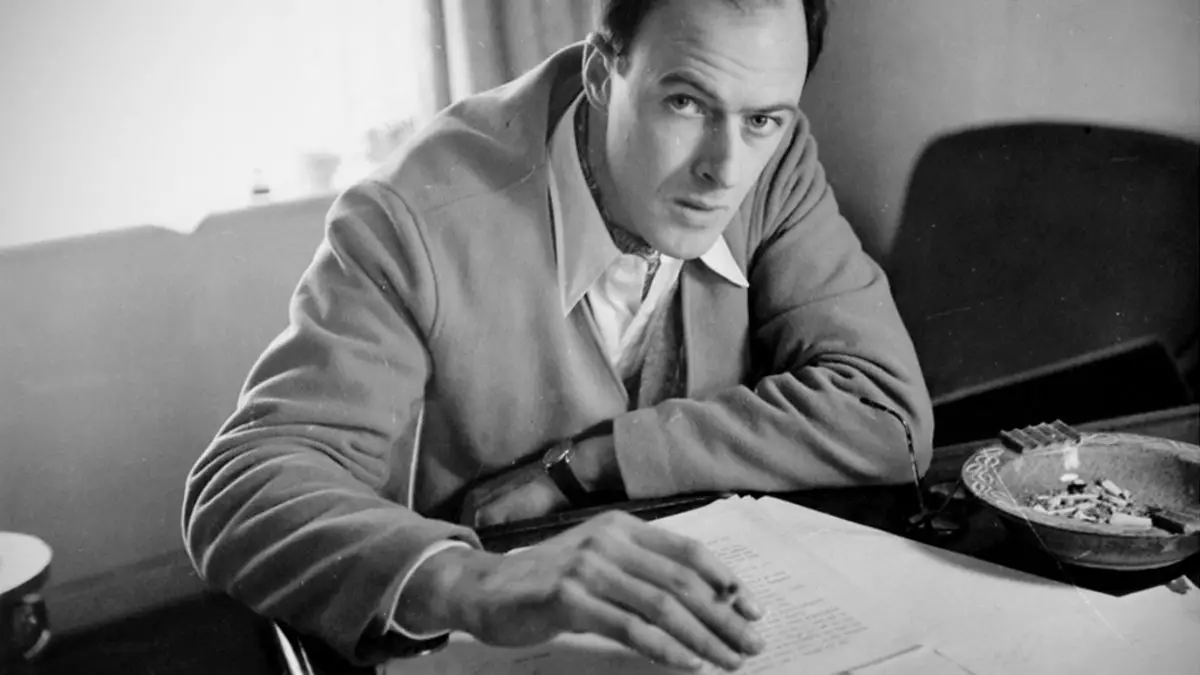
World War II and Espionage
With the outbreak of World War II, Dahl enlisted in the Royal Air Force (RAF) as a fighter pilot. His flying career took a dramatic turn when he survived a plane crash in the Libyan desert in 1941, an accident that nearly claimed his life. Shortly afterward, he transitioned to a different role: espionage.
Dahl joined the British Security Co-ordination (BSC), a clandestine organization operating in the United States. His charm and charisma made him an ideal candidate for covert operations, where he used his romantic liaisons with influential American women to gather critical information and support the British wartime cause.
Becoming a Literary Giant
After the war, Dahl turned to writing, initially contributing to publications like The New Yorker. His first book for children, “The Gremlins,” published in 1943, drew on his RAF experiences and introduced the mischievous creatures known as gremlins.
However, it was in the 1960s that Dahl truly made his mark on children’s literature. His works, characterized by whimsical language and dark humor, include:
- “Charlie and the Chocolate Factory” (1964): This timeless classic follows young Charlie Bucket’s adventures in Willy Wonka’s magical chocolate factory, where he encounters eccentric characters and learns valuable life lessons.
- “Matilda” (1988): The story of a brilliant and precocious young girl with telekinetic powers, “Matilda” explores themes of resilience, intelligence, and the power of books.
- “The BFG” (1982): Dahl’s imaginative tale of a Big Friendly Giant who befriends a young girl named Sophie captured the hearts of readers with its whimsy and creativity.
- “James and the Giant Peach” (1961): Dahl’s whimsical adventure follows the journey of James Henry Trotter inside a giant peach, where he encounters a cast of magical and talking insects.
- “The Witches” (1983): A spooky yet thrilling tale of a young boy who stumbles upon a gathering of witches with sinister plans.
Legacy
Roald Dahl’s unique ability to tap into the wonder and darkness of childhood continues to enchant readers of all ages. His books have been translated into numerous languages, adapted into films, and remain an essential part of children’s literature.
Dahl passed away on November 23, 1990, but his literary legacy endures. His stories remind us of the power of imagination, the importance of kindness, and the enchanting worlds that exist within the pages of a book. Roald Dahl, the man behind the stories, will forever be celebrated for his extraordinary contributions to literature and the enduring magic he brought to the world of storytelling.

Roald Dahl, best known for his enchanting children’s tales, led a life that could rival the most thrilling of fiction. Beyond the pages of “Charlie and the Chocolate Factory” and “Matilda,” Dahl had a hidden life as a real-life spy and screenwriter. His contributions to both espionage and the James Bond franchise shed light on a remarkable and lesser-known aspect of his legacy.
From Author to Spy
During World War II, Dahl joined the British Security Co-ordination (BSC), a top-secret intelligence network operating in the United States. Tasked with promoting British interests and countering pro-Nazi propaganda, Dahl’s charm and charisma played a crucial role. His mission? To win over influential American women and persuade them to support the British wartime cause. Dahl’s role was not for the faint-hearted, as he embarked on covert operations that involved gathering critical information through his romantic liaisons.
BSC and the Espionage Web
BSC, under the leadership of the eccentric but talented Sir William Stephenson, was a critical part of MI6, the British Secret Service. Stephenson, also known as “Intrepid,” was a close friend of British Prime Minister Winston Churchill. He established BSC to distribute pro-UK propaganda in American media and train a network of British spies within the USA. Dahl, alongside his close colleagues and contacts, worked diligently to carry out various covert missions for the British and the Allied cause. Notably, Ian Fleming, Dahl’s friend and the creator of James Bond, was a key contact for this network. Fleming’s involvement in BSC helped strengthen the British propaganda effort while establishing links with emerging American special forces, a precursor to the CIA.
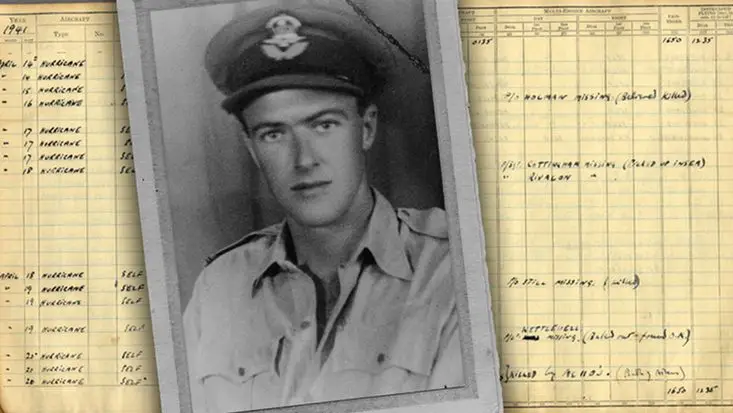
Dahl and James Bond
After the war, Roald Dahl’s career took a different turn. Despite having minimal screenwriting experience, he was approached by Harry Saltzman and Cubby Broccoli to adapt Ian Fleming’s “You Only Live Twice” for the big screen. Dahl’s screenplay departed significantly from Fleming’s plot, introducing sci-fi elements and space-age themes inspired by the Gemini space project. He even received guidance from Bond producers on key elements of the Bond formula.
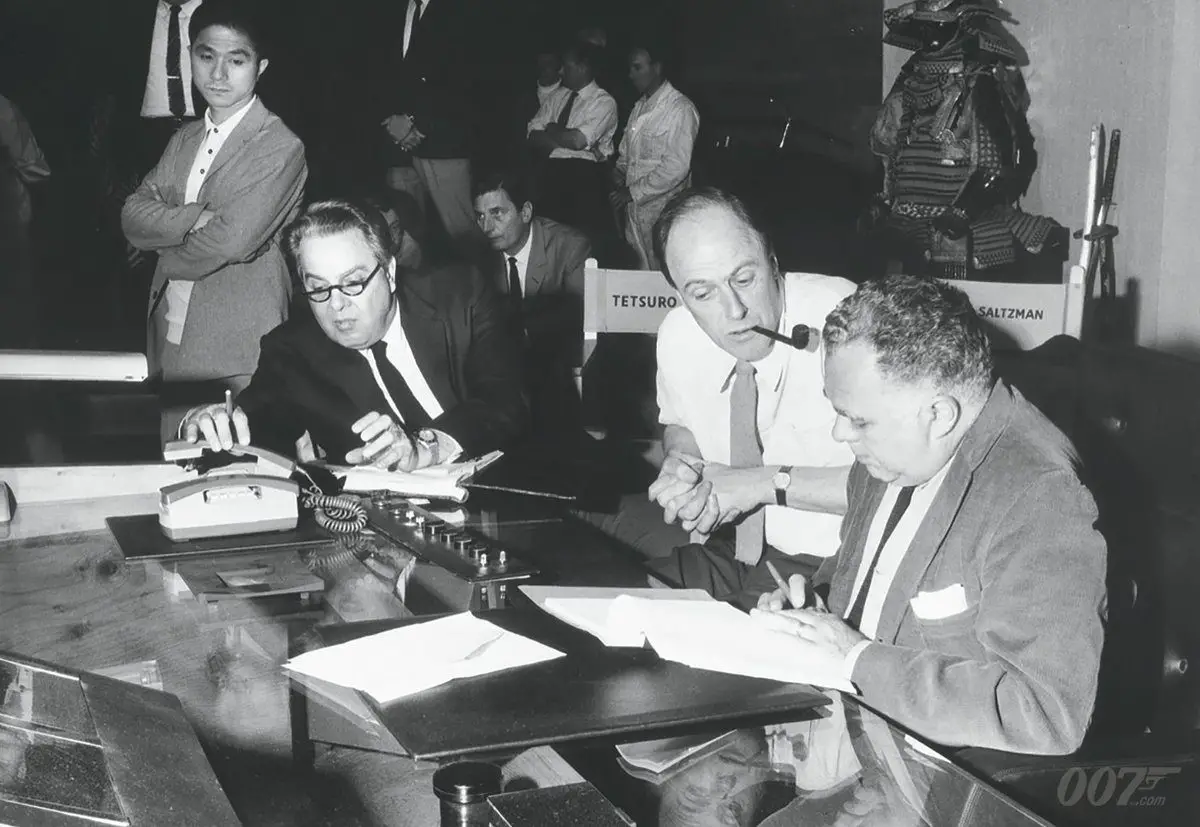
Intriguingly, Dahl may have indirectly influenced Ian Fleming’s writing. It is said that Fleming shared a story outline involving a leg of lamb as a murder weapon with Dahl, which Dahl later adapted into his own successful story, “Lamb to the Slaughter.”
Conclusion
Roald Dahl’s multifaceted career, spanning espionage, screenwriting, and storytelling, adds a layer of complexity to his legacy beyond the beloved tales that generations have cherished. His life as a spy and screenwriter reveals a side of Dahl that remains relatively unknown to many. As we revisit his works, let’s not forget the man who nearly sent 007 into space and whose life was, in many ways, as intriguing as the stories he crafted for children and adults alike.

